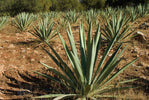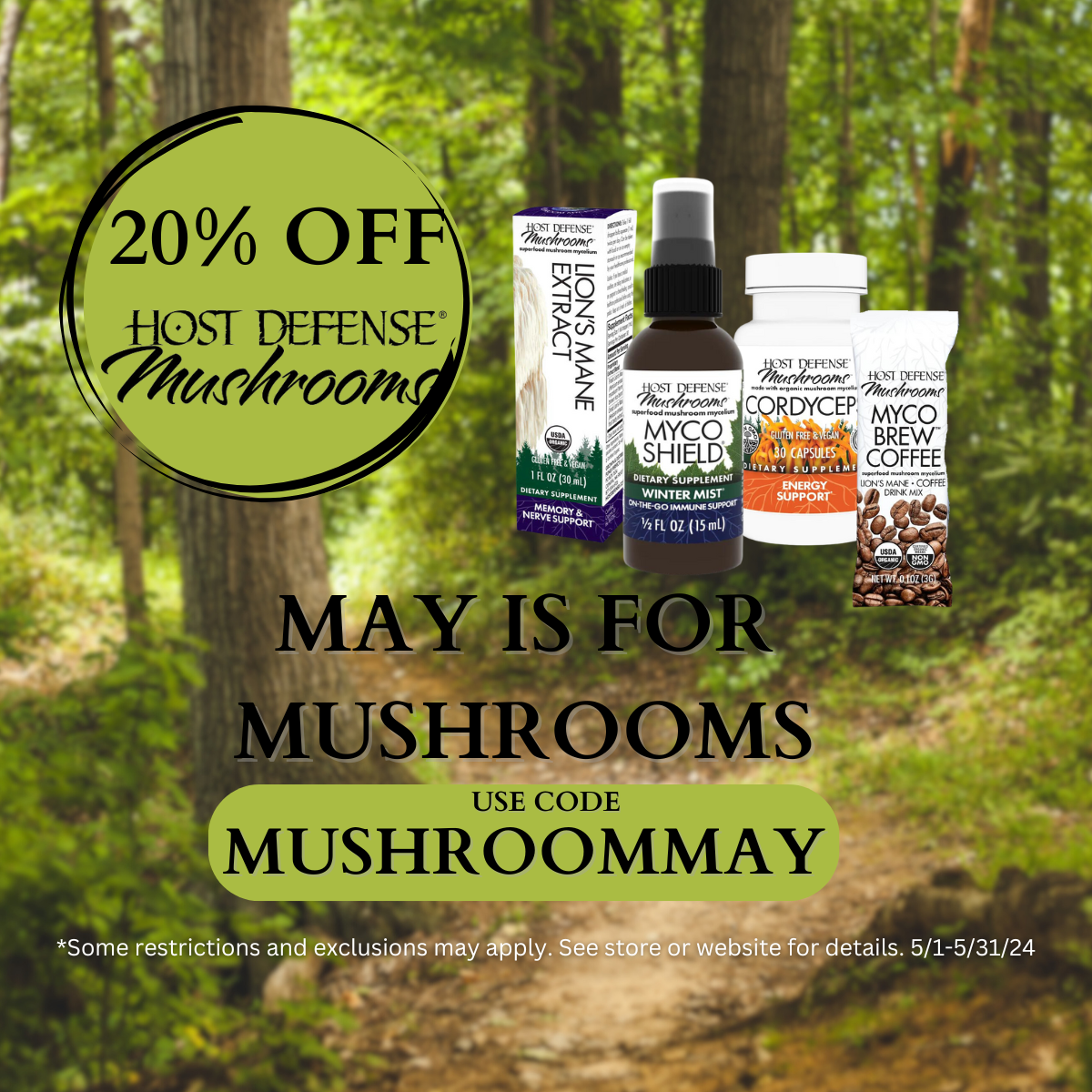
Agave Herb
, 3 min reading time

, 3 min reading time
Agave tequiliana is a succulent plant belonging to the Asparagus family. Other notable members of this family include foods like asparagus and yucca, ornamental flowers such as Plantain Lily (Hosta spp.), Hyacinth (Hyacinthus orientalis), and Lily of the Valley (Convallaria majalis), as well as the medicinal plants Solomon’s Seal (Polygonatum spp), and Shatavari (Asparagus racemosus). Agave is a hardy plant that is able to rely solely on natural precipitation for its water needs, but is also able to withstand long rainy seasons. Cultivated Agave grows for 4-5 years before being harvested by hand using a coa, a specialized tool for harvesting Agave. The inulin containing sweet sap comes from the core of the Agave plant, known as a piña, the Spanish name for pineapple. Once the stiff leaves are removed, the core of the Agave plant looks remarkably like a pineapple. In the wild, Agave has an interesting life cycle: It typically takes 10-25 years for Agave to grow a flower stalk, and the plant then begins to die immediately after blooming. The Agave genus has a wide array of uses. The stiff leaves of Agave are rich in strong fibers, and have been used to make cordage, fabric, and paper. Sisal fibers, a popular component of carpets due to their durability, are derived from Agave sisalana. Aquamiel, the raw liquid harvested from Agave piña, is fermented into the ancient beverage called pulque. Agave syrup is the concentrated sap of the Agave piña. Mezcal is a distilled product derived from the piña sap of various species of younger Agave plants, and tequila is derived from sap of the piña of more mature A. tequiliana plants.
What is Agave Used For?
According to late herbalist Michael Moore, the fresh sap of Agave can be used topically as a vulnerary to support the healing of epithelial tissues. The root, rich in saponins, can be used as soap, and the leaves can be boiled in tea to soothe indigestion. Agave is a source of both branched and linear fructose chain inulin, a water-soluble dietary fiber that is unique from chicory inulin, which contains only linear fructose chains. In a study done on 29 healthy adults, inulin supplementation was shown to be well tolerated and to increase frequency and quality (softness) of bowel movements. Hydrogen breath tests demonstrated an increase in breath hydrogen and sustained fermentation 6-8 hours after inulin consumption, which indicates the gut microbiota’s fermentation of inulin as a prebiotic. Breath hydrogen concentrations after inulin consumption increased sooner than has been demonstrated with linear chicory-derived inulin, which may be evidence of the faster fermentation profile made possible by the branched, agave-derived inulin. Like all fibers, consumption of inulin is associated with numerous health benefits. Soluble fibers are not digested by the body, but rather fermented by the gut microbiome into various short-chain fatty acids (SCFAs) which are important compounds to provide fuel for intestinal cells. Inulin fiber acts as a prebiotic, providing food for beneficial gut bacteria such as Bifidobacteria, and Lactobacilli. Since dietary fibers are not digested and absorbed, they do not contribute caloric content but will promote feelings of satiation which can help to reduce food intake. Dietary fibers also help to slow the emptying of the stomach and the absorption of food, lessening the glycemic load of a meal.
Traditional Health Benefits of Agave
Active Constituents of Agave
Inulin
Parts Used
Sap of the Agave piña
Important Precautions
Not for use during pregnancy. If you have a medical condition or take pharmaceutical drugs please consult with your doctor prior to use
Disclaimer
This information in our Herbal Reference Guide is intended only as a general reference for further exploration, and is not a replacement for professional health advice. This content does not provide dosage information, format recommendations, toxicity levels, or possible interactions with prescription drugs. Accordingly, this information should be used only under the direct supervision of a qualified health practitioner such as a naturopathic physician.



